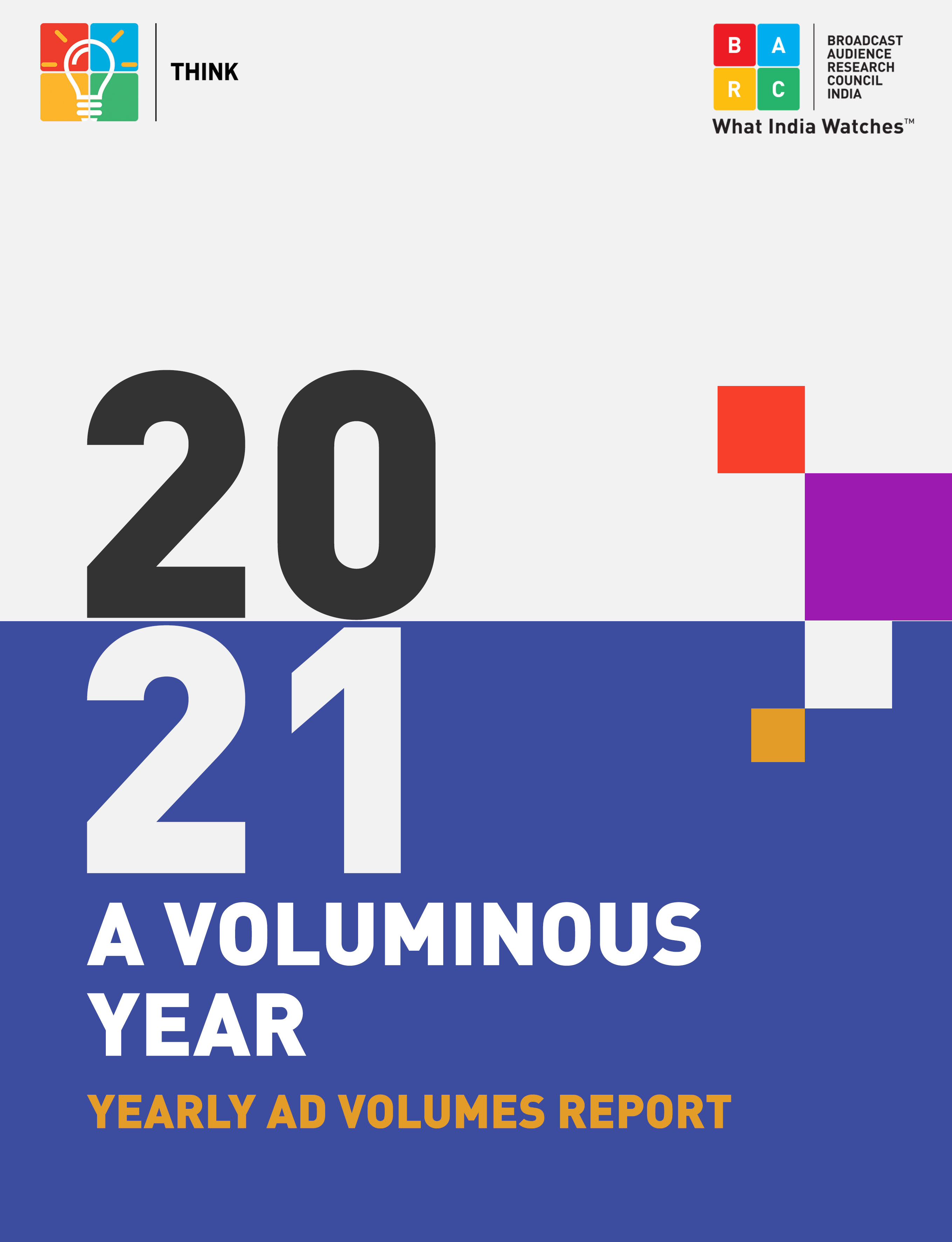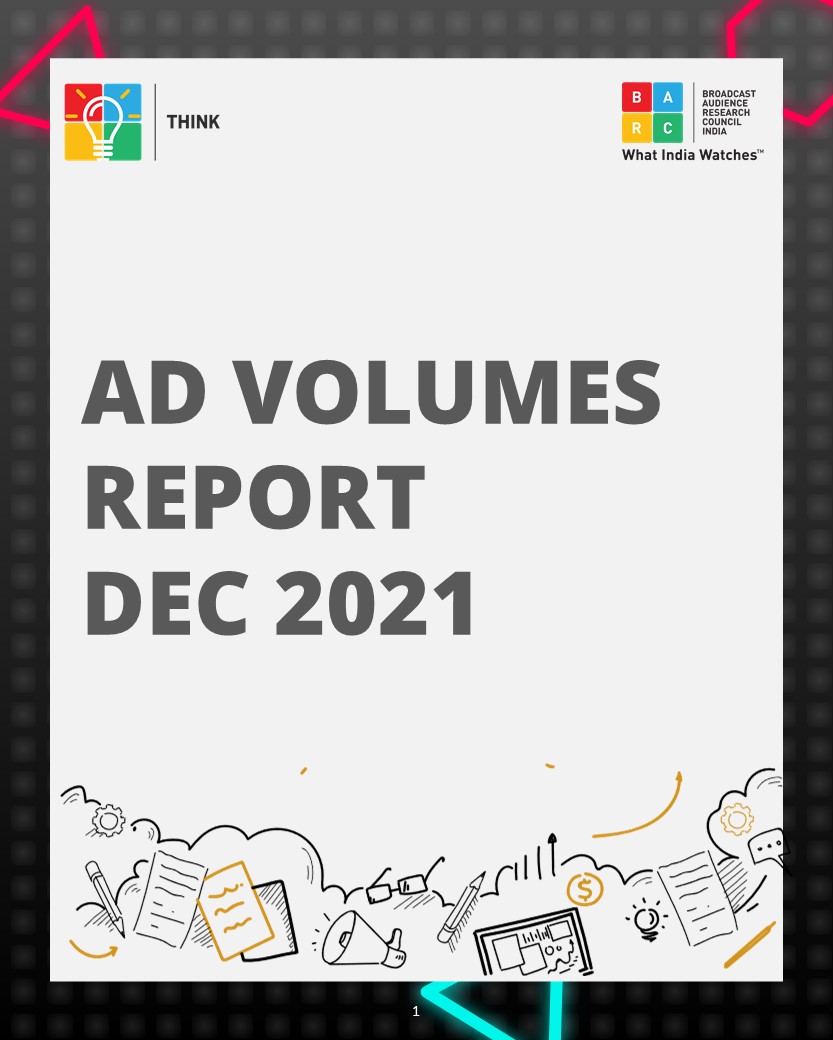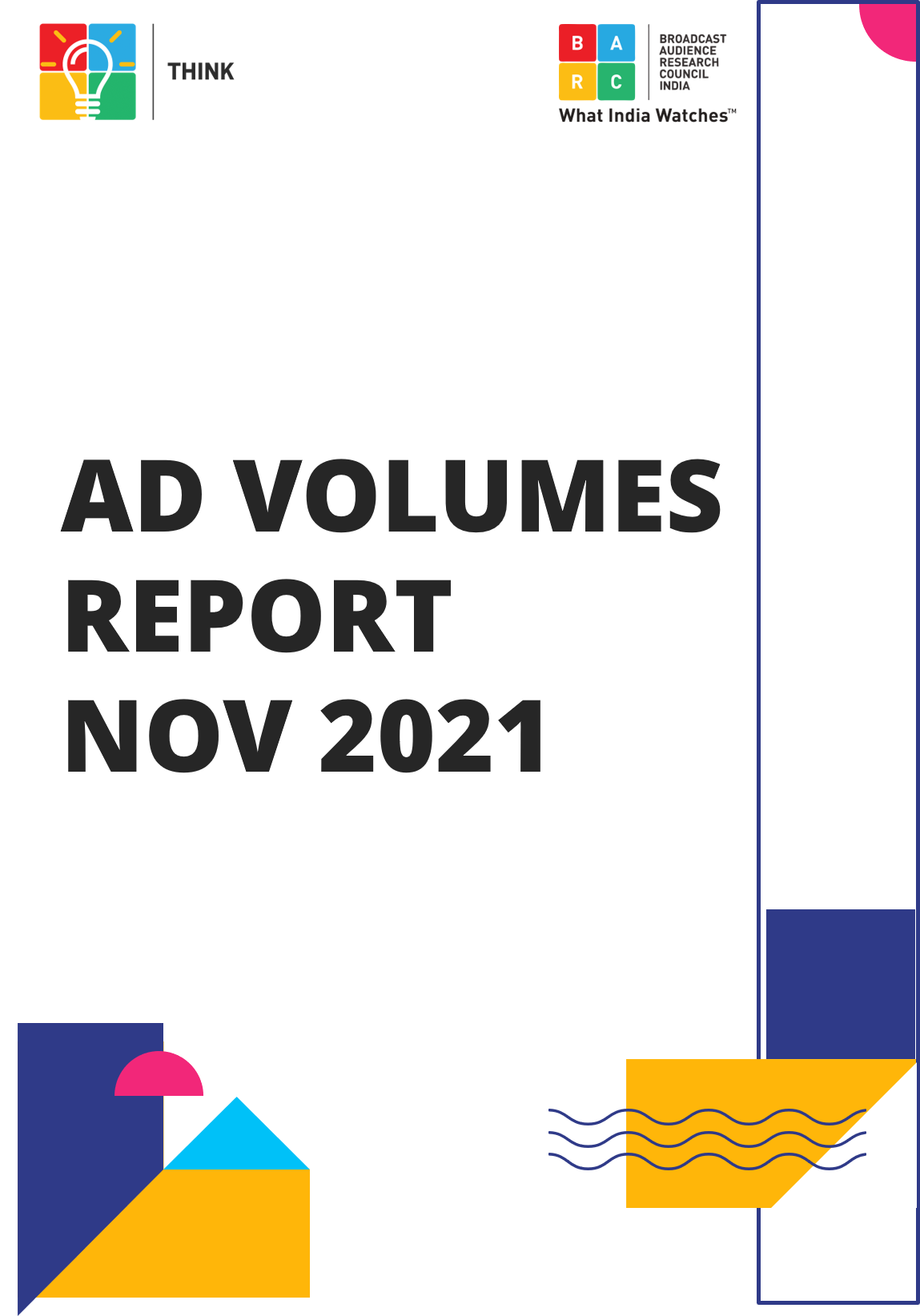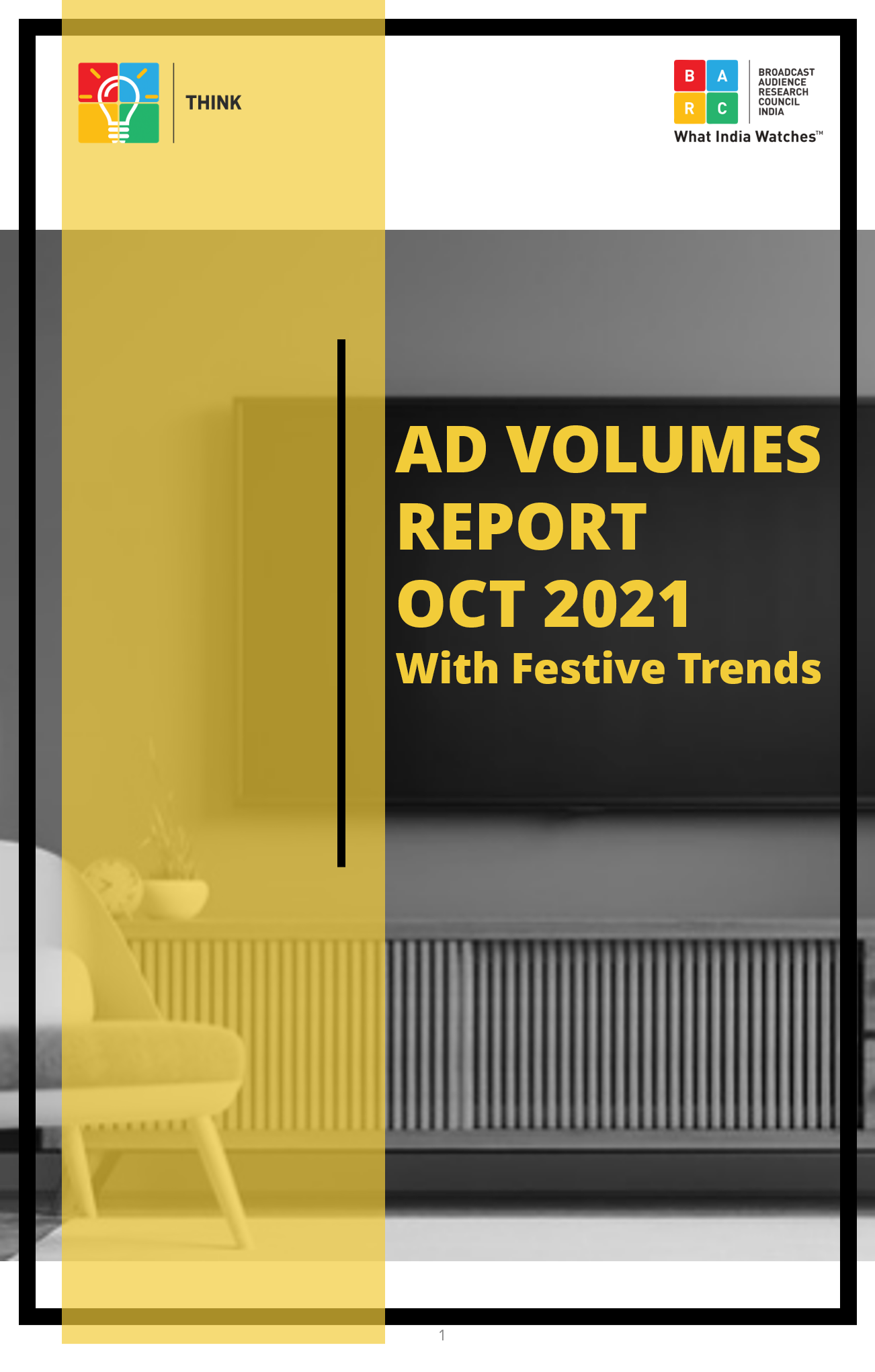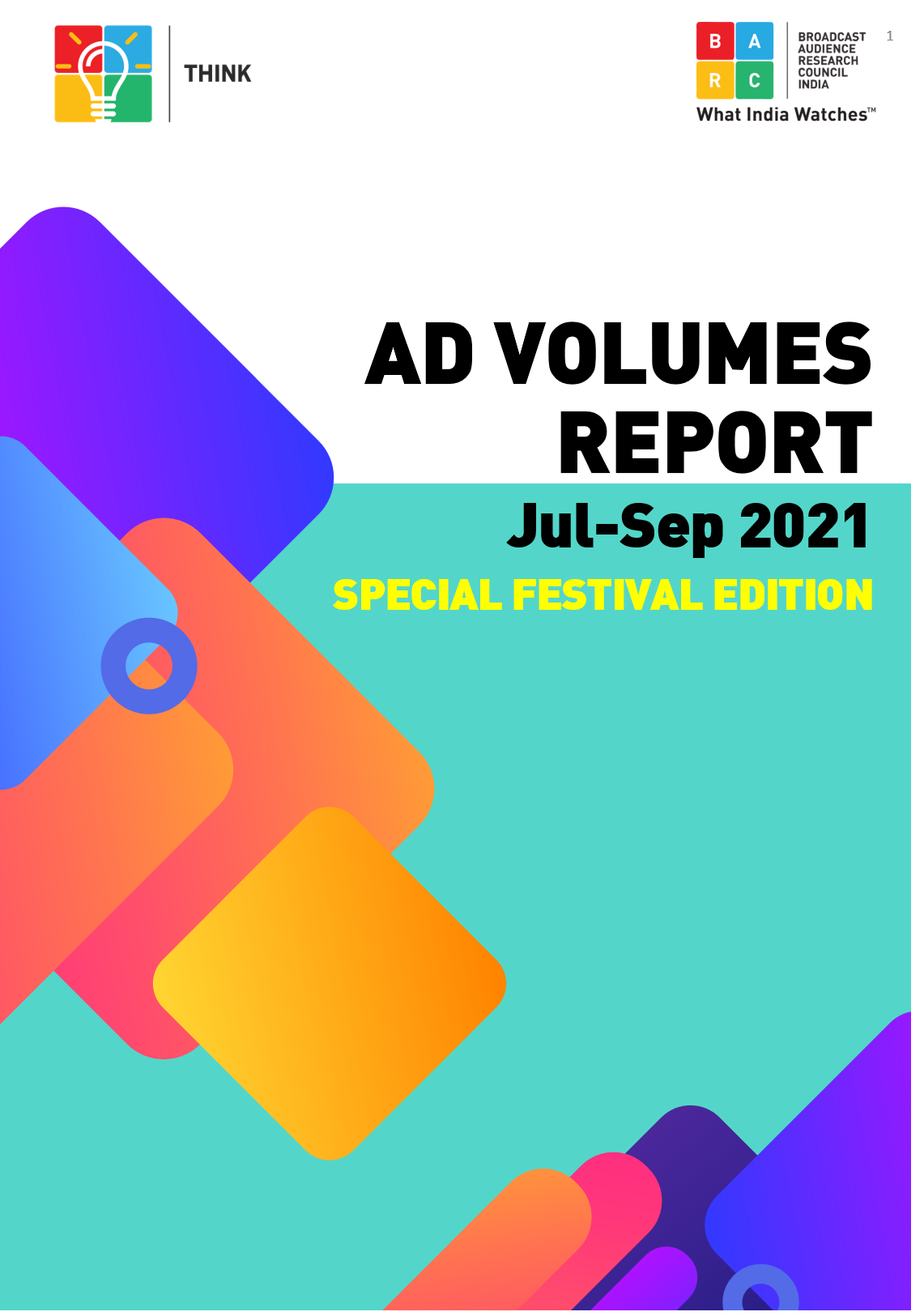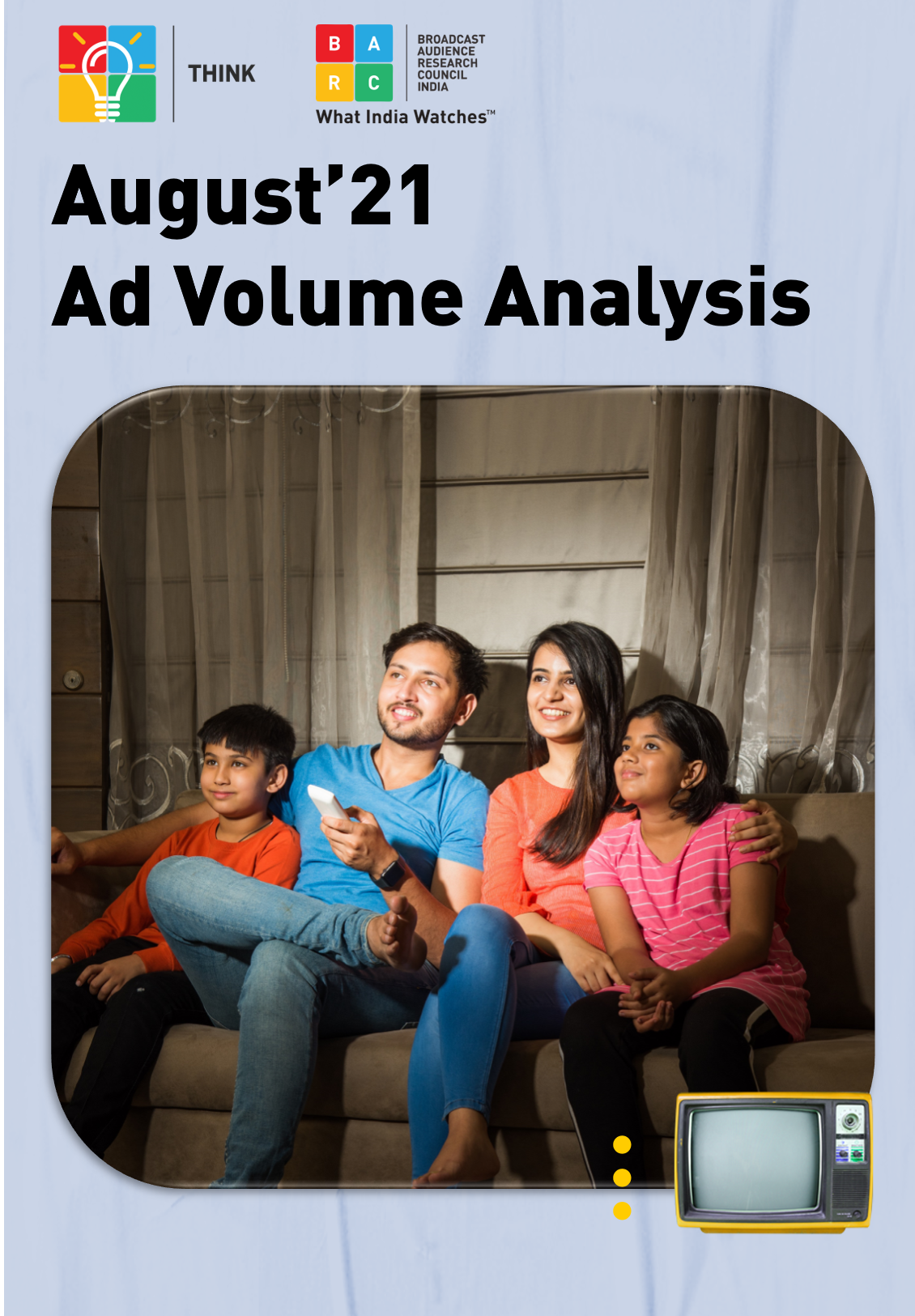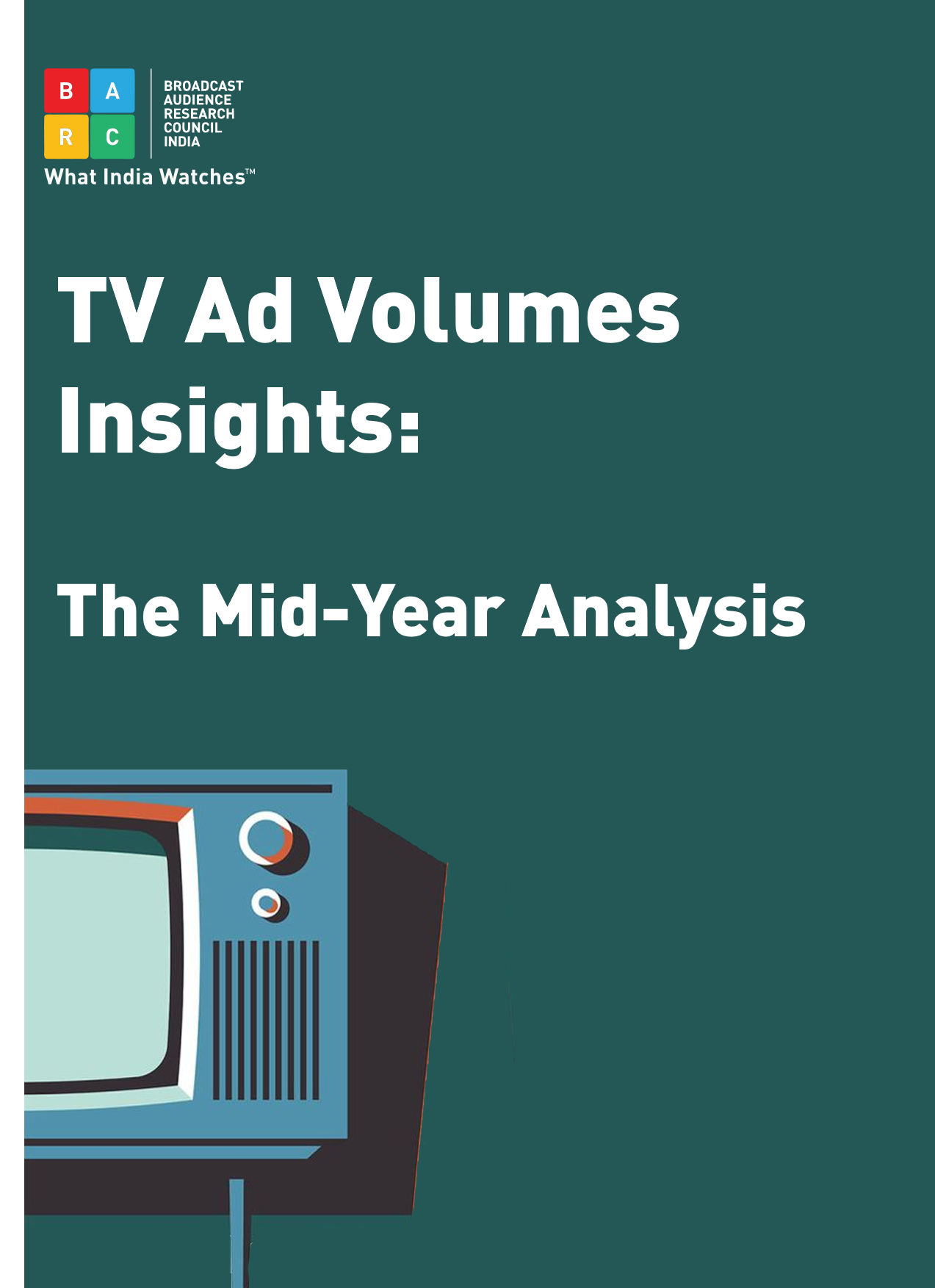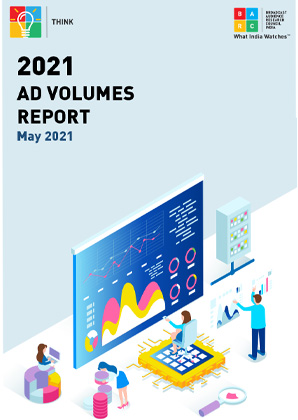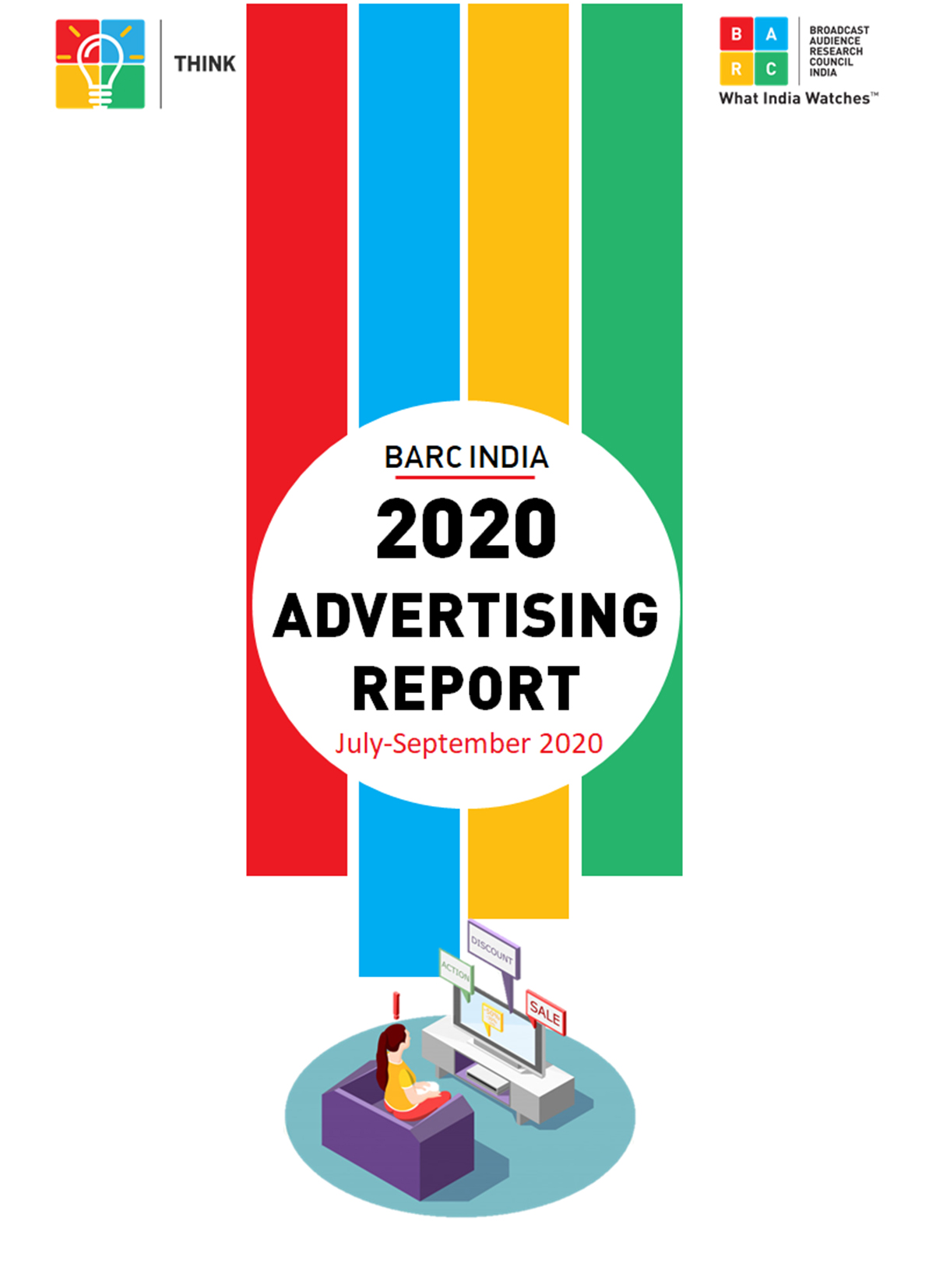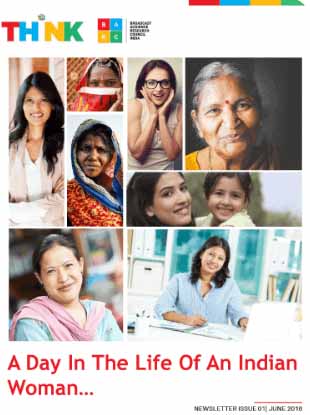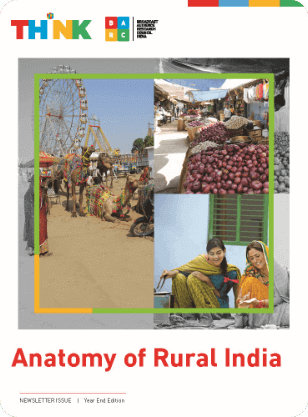


 Back to top
Back to top
Resources for your reference
A
ADVERTISER
A group/entity/organization with commercial interests that disseminates messages about a particular brand with the aim of influencing purchase decisions for the products and services represented by the brand
AUDIENCE DAY
An Audience Day is a 24 hour period starting from 02:00 to 25:59
ATR%
The percentage of a target audience who viewed any TV channel, averaged across minutes.
ATR’ 000
Number of individuals in 000s of a target audience who viewed any TV channel, averaged across minutes.
ATS (UNIV)
Average Time Spent on the "Event" by all individuals in the Universe.
ATS (VIEWER)
Average Time Spent by viewers of the "Event".
Audience Profile
An audience profile divides the main audience category into its subcategory. Audience profiles are mostly represented in percentages.
AMA ‘000 (Average Minute Audience)
Number of individuals in 000s of a target audience who viewed an "Event", averaged across minutes.
B
Brand
A company’s Identity in terms of what commercial products and services it offers. It may refer to a name, design, symbol, or any other feature that identifies the product, or service, as distinct from those of other sellers.
Base Target’000
Region Population in the Panel
C
Cume Rch'000 (Unduplicated Reach)
Number of individuals ('000s) in the universe that viewed at least one of the events in a set of events
Cume Rch%
% of unique viewers out of the universe that viewed at least one of the events in a set of events
D
Daily Avg Rch’000
Number of individuals ('000s) in the universe that viewed at least one of the events in a set of events
Daily Avg Rch’%
% of the universe that viewed at least one of the events in a set of events
E
Event
An Event is a TV programme or time slot or any aggregation thereof. e.g.: A channel is an aggregation of all time slots for the "Audience Day".
H
HH UNIVERSE
The total number of households in a defined target group
M
MINUTE
A clock minute.
N
NIns
Counts the numbers of events/Spots/Programs
R
RAT%
The percentage of a target audience who viewed an Event, averaged across minutes. Also known as TRP/TVR
S
SHR%
% Share of the "Event" to total TV
T
Target’000
Target Population in Panel
U
UNIVERSE
The total number of individuals in a defined target group.
V
Viewing Minutes
Viewing minutes is defined as the sum of minutes watched by all individuals of an event
FAQ'S
-
01
Ad break is an average of spots within the break. Earlier system reported single TVR for all spots in a minute. In BARC, spots within a minute have different rating. Our observation is that this is the case only if start time of the spot is in previous clIf the ad duration is 40seconds and 10 seconds happen in minute 1 and 30 seconds in minute 2, the spot TVR would be a weighted average of TVR of the two minutes, i.e spot TVR = ((10*minute 1 TVR)+(30*minute 2 TVR))/40.
-
02
More clarity on the differences between weekly and daily weights elucidated with examplesBARC is going ahead with only daily weights across all their modules. Daily weights is more representative of daily information on viewership vis-à-vis weekly weights where incidence of 'no data' reporting by BARC meter also had to be considered and thus not being a true representation of what's happening at the viewer end.
-
03
Will RF module use daily weight or mid-period? Universe reported will be basis which day of the campaign?RF module uses daily weights. Reach reported will vary as the period of the campaign increases, i.e. week 1 campaign reach taken in week 2 would be different from what's finally getting reported as week 1 reach at the end of the campaign because of the daily moving weights.
-
04
So, how is course correction to happen? Will pre and post evaluation have the same weighting method used? What's the method?Yes, pre & post RF are basis daily weights.
-
05
If both are basis daily weights how will duplication in reach be contained?Duplication in reach is getting contained with changing weights during the campaign.
-
06
What happens, when there is a Public Holiday on a Weekday (Mon-Thu)?If a Public holiday falls on a Weekday (Mon-Thu) then the data release will be moved to the next working day at 11:00 AM.
-
07
What is the rural definition taken for data?The definition of Urban and Rural is as per Census of India 2011 which is as follows :
Urban : Constituents of Urban area are Statutory Towns, Census Towns and Outgrowths.
Statutory Town: All places with a municipality, corporation, cantonment board or notified town area committee etc.
Census Town: Places that satisfy the following criteria are termed as Census Towns. (a) A minimum population of 5,000 (b) At least 75% of the male main working population engaged in non-agricultural pursuits (c) A density of population of at least 400 per sq.km.
Out Growth: Out Growth should be a viable unit such as a village or part of a village contiguous to a statutory town and possess the urban features in terms of infrastructure and amenities such as pucca roads, electricity, taps, drainage system, education institutions, post offices, medical facilities, banks, etc. Examples of Out Growths are Railway colonies, University campuses, Port areas, that may come up near a city or statutory towns outside its statutory limits but within the revenue limit of a village or villages contiguous to the town or city.
Rural : All area other than Urban are Rural. The basic unit for rural areas is the revenue village.There could be an Urban area with 10000 or 5000 population and a rural area which may have 50k population
We cover all pop-strata units classified as Urban and all pop strata units classified as Rural
We will be reporting our pop strata coverage (Urban and Rural) as under
Megacities
10-75 lakh towns
<10 lakh urban areas
Rural(All 4 pop strata may not be available for all states/state groups)
-
08
What is Urban Agglomeration?It is a continuous urban spread constituting a town and its adjoining Urban Outgrowths or two or more physically contiguous towns together and any adjoining urban outgrowths of such towns.
The geography of the town considered is defined as per the Census definition of Urban Agglomeration (where applicable), City / Town and Village.
The two exceptions to the above are Delhi and Mumbai, where some other towns have been added to these Urban Agglomerations. The reporting geography for these two cities is as follows-Delhi - Delhi UA, Gurgaon, Noida, Faridabad and Ghaziabad
Mumbai – Mumbai UA, Vasai-Virar and Panvel -
09
What is Pay Platform and Free Platform?Pay Platform refers to households that Pay to access TV channels. Pay Platform will include Pay DTH (like Tata Sky, Airtel, etc) and Pay Digital Cable (Like Den, Hathaway, etc). The Free Platform refers to households that do not pay to access TV channels. This Platform includes DD Freedish and Terrestrial connections. Note that the split is at an overall Pay Platform (Pay DTH & Pay Digital Cable) and Free platform (Free Dish and Terrestrial) and is not available at an operator level.
-
10
Is this equivalent to Pay channel and Free Channels?No, this is not about Pay or Free Nature of channels but rather refers to Pay and Free nature of the Platform through which channels can be accessed by the viewer. For example, there are Pay channels that also feature on the Free platform (like Aaj Tak, News 18 etc) and the viewership of these channels will be on both the Pay and Free platform. In other words, Pay and FTA channels are different and should not be confused with Pay and Free platforms.
-
11
What happens to Total TV? Will that still be available?Yes – The Overall Total TV (Pay platform and Free Platform) will also be available in the BMW software. The Pay and Free Platforms are additional cuts.
-
12
How can Pay channels show viewership in a Free Platform?There are a few instances when a pay channel will show viewership in Free Platform:
If a Pay channel is available on the Free platform, the channel will be visible in YUMI on the Pay and Free Platform.
Households that have Dual MOSR (Mode of Signal Reception) - where at least one connection is a pay connection and one is a free connection. The primary active connection will be the basis of determination if the Household is on the Pay or Free platform. In this instance there could be viewership of Pay channels in a Household that has been classified under the Free Platform (as the primary active connection is a Free Platform connection). The converse is also true.
The Household was classified under the Free Platform at the time of BARC empanelment or during the last Household check done by BARC - but over time that Household has changed its MOSR (Mode of Signal reception) to a Pay Platform connection. In this instance the Household would still be classified on the Free Platform. This check to update the Households MOSR happens every 2-3 weeks. -
13
Is the panel representative of Pay Platform and Free Platform?The panel is representative and MOSR is a secondary control variable in the BARC methodology. The percentage of viewership on Pay channels on the Free platform are very low. This will continue to exist as there will be Households that have dual MOSRs.
-
14
What happens if the Household changes their platform?We at BARC are constantly monitoring the viewership of these Households and if we see any change in platform profiling (Free vs Pay Platform) – there is a process to check the status with the household. Basis the feedback of the household, changes if needed are made in 2-3 weeks.
-
15
Will there be past data for Pay and Free Platforms?The Pay and Free Platform Split will only be available from Week 27, 2019 onwards.


